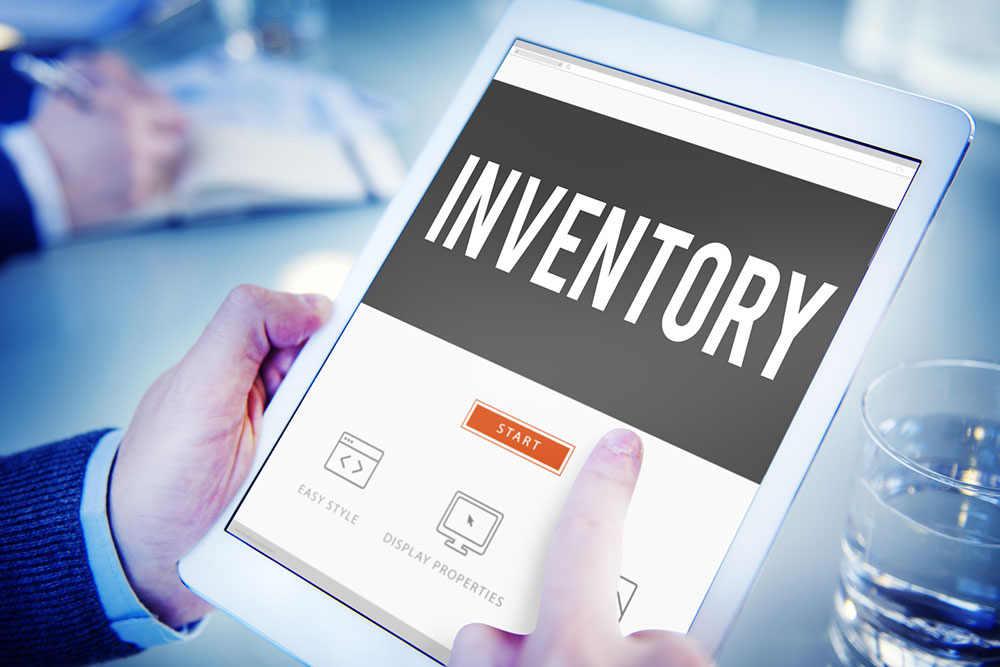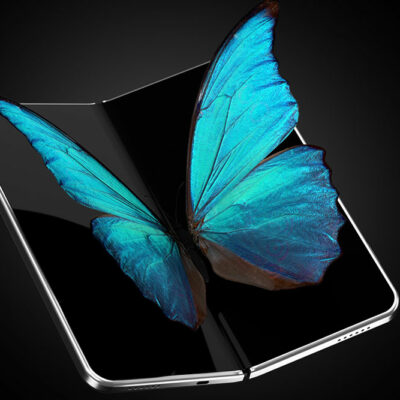
6 mistakes to avoid while managing inventory
Inventory management is a key part of the business that helps ensure daily operations run smoothly as planned. The process involves keeping track of the stock or inventory. Any lapses here can affect the available supply, orders, and delivery of products. So, it is important to be careful about managing inventory on a daily basis. So, to ensure a hassle-free process, there are a few mistakes that should be avoided when managing inventory.
1. Using spreadsheets
While a spreadsheet is an extremely handy tool for keeping track of stock, it may be outdated. The tool provides a lot of flexibility and is easy to manage. However, newer tools in the market are much more capable and offer equally smooth user experience. Dedicated inventory management software automates various tasks. For instance, they can automatically update data using the business’s websites and applications, ensuring up-to-date inventory information. So, one should consider opting for inventory management software to make the task easier.
2. Overstocking
It is definitely important to keep a tab on the demand for products and meet it. However, it is equally important to avoid ordering or holding on to excess stock. One of the problems with overstocking is that perishable items, if any, can get spoiled if they remain unsold for a long time. Second, goods take up space. So, having too many at hand can lead to storage issues, especially for small businesses or those without access to huge warehousing facilities. So, with the help of online tools and dedicated software, one should keep tabs on how much stock is required in real time, so that one can add to the inventory if necessary.
3. Prioritizing purchase price
It is normal to zero in on inventory purchase price, i.e., the price quoted by vendors while one gets inventory. However, one should instead focus on the total cost of ownership. Here are the factors that affect total cost:
– Purchase price of the product
– Minimum order quantity
– Product lifespan
– Defective product percentage
– Supplier lead time
– Flexibility of the supplier
– Services provided by the supplier
– Reliability of the supplier
– Sales forecast certainty
Considering all these factors can give one a fair idea about the total money it would cost them to buy or acquire inventory. So, it is important to opt for a full-cost approach when choosing between suppliers. Further, the quality of service and user experience also play a huge role in choosing a supplier.
4. Ignoring performance indicators
Establishing and reviewing certain key performance indicators can help businesses improve or maintain the quality of their inventory management. The performance indicators help verify if inventory management is doing as well as expected. Here are some indicators businesses should consider:
– Forecast quality
– On-time delivery percentage
– Stock lifespan
– Customer availability rate
Here, one should check if the numbers are improving over time. Businesses can set up their own KPIs and think of ways to improve their inventory management. However, it is crucial to know that having too many indicators to measure growth can make the process confusing. It defeats the purpose, as there are way too many elements at play to ever know if the business is getting everything right. So, one should start with a small list and then add new KPIs as and when needed.
5. Missing product catalog details
A well-maintained product catalog is crucial for businesses, especially for e-commerce websites that list a wide variety of products. It is also important to keep the product catalog up to date. This also helps the business keep tabs on various products in one go without having to sift through endless descriptions for each product. Some of the details required in a product catalog include:
– Product type, category, and family
– Purchase price of the product
– Reference number for each of them
– Product name or title by which it can be looked up
– State of the product (used or new)
– Minimum order quantity
– Current stock by quantity and value
– Average stock coverage
– Future sales forecast
– Product end-of-life date to determine shelf life
– Product picture
This is just a template of what a product catalog should have. However, the exact details can vary from business to business. One should ensure they do not miss key details or ignore maintaining the catalog. This can lead to gaps in inventory and supply.
6. Using software inefficiently
While getting the right software and tools to help with the management of the inventory is important, so is learning how to use these tools in the right way. Businesses should make it a part of their daily tasks to take stock of inventory. Missing checking crucial data could lead to confusion and delays in offering adequate customer support. Employees should be offered proper training on how to use software for managing inventory. This can help them avoid errors in tracking inventory. This is also why it is so important to assign such tasks to the right kind of people. One should always check for experience and willingness to learn. Getting the right team to manage inventory can make all the difference. Businesses should also help the team stay up to date with changes in inventory management tech.


